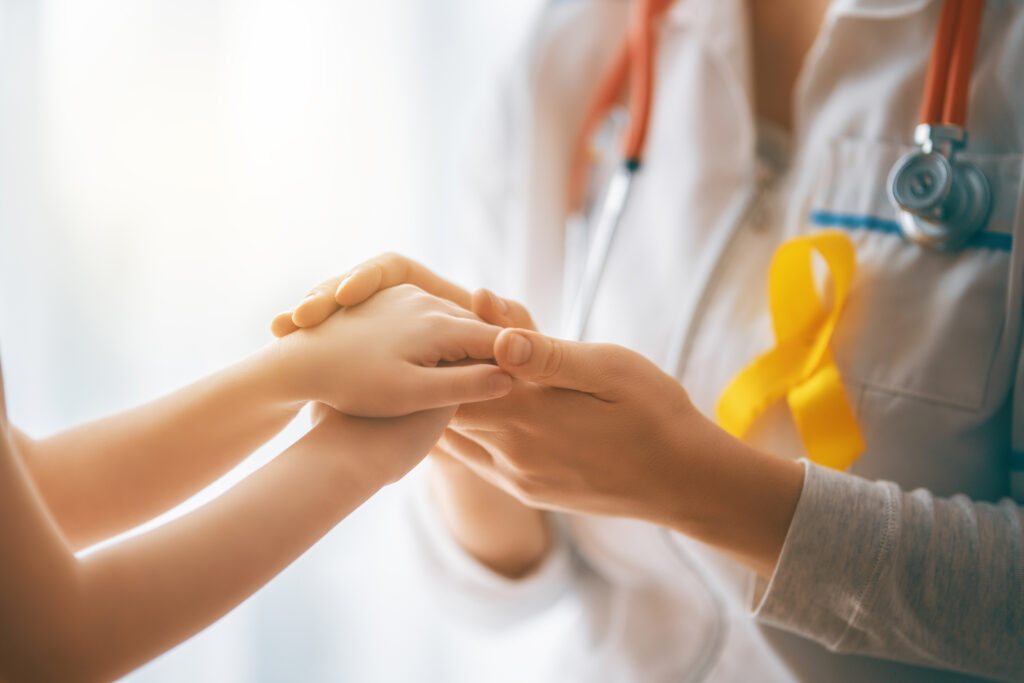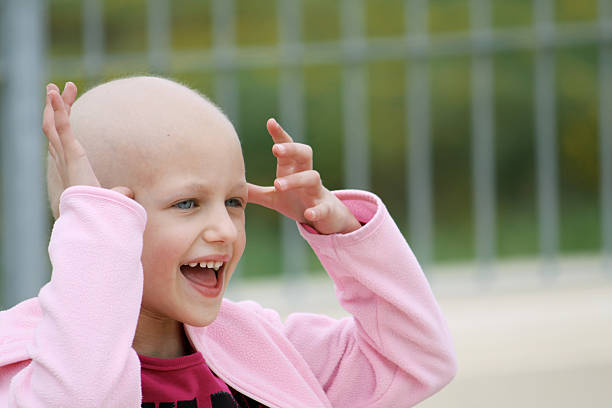In the last decade, childhood cancer has become the leading cause of death worldwide among children and adolescents aged 0 to 19 years of age. There are various types of cancer, and below I will tell you the most frequent ones.
In children, hematological cancers, that is, cancers that affect the blood, such as leukemia and lymphomas, are the most frequent, followed by those caused by solid tumors such as brain cancer, brain stem tumors, and spinal cord tumors.
What is the cause of cancer?
To this day, it is difficult to decipher why the mutation appears in the cells of infants. It is different in adults since we know that this appears to them due to various factors, such as the environment they have been exposed to throughout their lives.
The survival rate in children
The survival rate in children is 80%, data that the SEHOP (Spanish Society of Pediatric Hemato-Oncology) has provided and that it is a high rate. However, not all are within this percentage, and many influence this.
Factors such as:
- The diagnosis is late.
- The infant be adequately treated in the medical unit.
- The hospital has sufficient equipment and supplies to be able to treat cancer.
- The parents or family have the necessary resources to travel to the medical unit, buy the required medicines and cover the expenses.
- Timely detection and symptoms
Early cancer detection is essential, so educating people (especially those with risk factors, such as a family history) to go to the nearest health unit for routine check-ups is necessary. We must always be alert as parents or guardians to the appearance of some of the following symptoms, and if we detect them, do not let more time pass since that could significantly change the diagnosis.
Symptoms
- Frequent constipation
- Loss of appetite
- Fever of unknown origin
- High blood pressure
- Night sweats
- Nausea, vomiting (rare symptoms)
- Pain extending from the back to the arms or legs should be taken seriously in children.
- Difficulty urinating
- Difficulty to walk.
- Delay in reaching growth and development milestones such as sitting, walking, or speaking.
- A seizure not related to a high fever.
- Fixed gaze, repetitive, automatic movements.
- Progressive weakness or clumsiness
- Neck tilt
- Squint.
- Walking balance problems.
- Sleep apnea.
- Eyesight problems.
- Headache, especially at night or early in the morning.
- Changes in personality such as irritability or apathy.
Many foundations help low-income people get the appropriate treatment without any financial remuneration. Go to them if necessary; the sooner you do it, the greater the chances that your little one will win the battle against this terrible disease.



